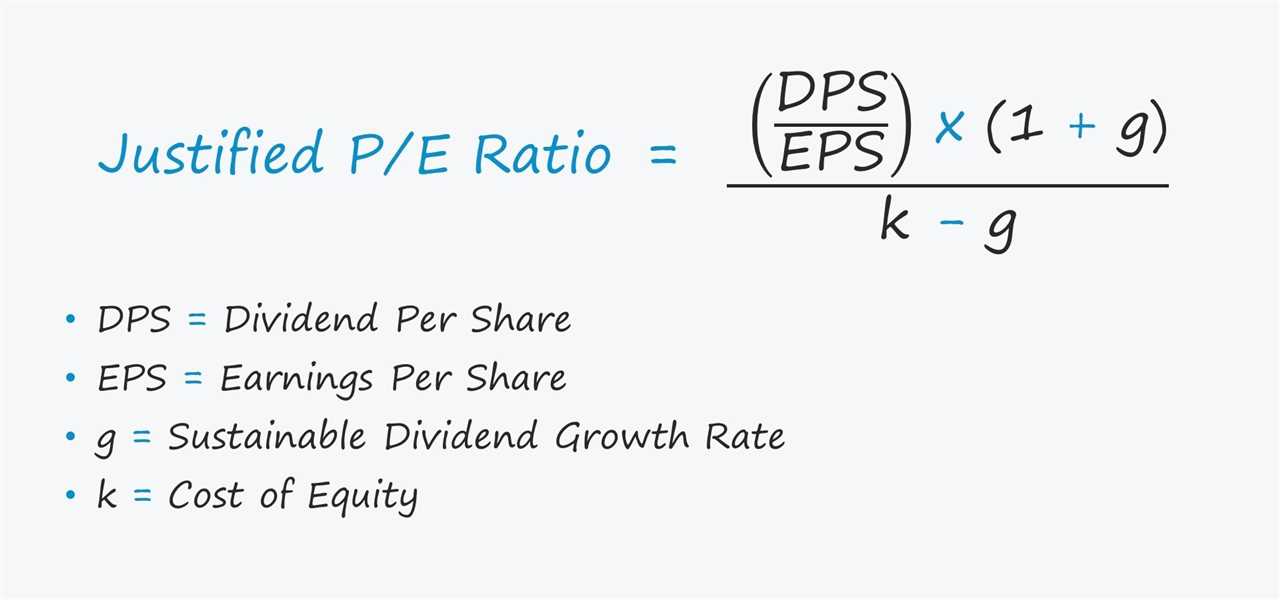P/E 10 Ratio Explained: Meaning, Examples and Calculations

Calculating the P/E 10 ratio involves finding the average of a company’s earnings over the past 10 years. This can be done by adding up the earnings for each year and dividing the sum by 10. Once the average earnings are determined, the current market price of the stock is divided by this average to obtain the P/E 10 ratio.
For example, if a company has average earnings of $1 million over the past 10 years and its current market price is $10 million, the P/E 10 ratio would be 10 ($10 million divided by $1 million).
Overall, the P/E 10 ratio is a useful tool for investors to evaluate the valuation of a company’s stock. However, it should be used in conjunction with other financial ratios and factors to make a well-informed investment decision.
One of the main advantages of using the P/E 10 ratio is that it smooths out short-term fluctuations in earnings, providing a more accurate picture of a company’s true value. By averaging the earnings over a 10-year period, the ratio helps to eliminate any distortions caused by temporary factors such as economic cycles or one-time events.
To calculate the P/E 10 ratio, you need to know the current market price of the stock and the average earnings per share over the past 10 years. Once you have these numbers, simply divide the market price by the average earnings to get the ratio. For example, if a stock has a market price of $100 and an average EPS of $10 over the past 10 years, the P/E 10 ratio would be 10 ($100 / $10 = 10).
| Pros | Cons |
|---|---|
| Smoothes out short-term fluctuations in earnings | Relies on historical earnings data |
| Provides a long-term perspective on earnings | Does not consider other factors such as debt levels or management quality |
| Can be used to compare valuations of different companies |

Emily Bibb simplifies finance through bestselling books and articles, bridging complex concepts for everyday understanding. Engaging audiences via social media, she shares insights for financial success. Active in seminars and philanthropy, Bibb aims to create a more financially informed society, driven by her passion for empowering others.
